Removing plastics from rivers, sea and oceans: the best strategies
Read morePlastic pollution is one of the most worrying environmental issues today. The giant production, especially of plastic “disposable” items, is seriously challenging our ability to manage and dispose them. Especially in developing countries such as, for example, Asia and Africa, the problem is more evident because the collection, disposal and recycling systems in these territories are inefficient if not non-existent. The problem, in any case, concerns all countries, even the industrially advanced ones: the management of plastic that has become waste can really no longer be underestimated. This rubbish is becoming so ubiquitous that even the United Nations itself found itself almost “forced” to draw up a worldwide negotiation.
End Plastic Pollution – Towards a Legally Binding International Instrument.
Once they are in the ocean, it is very difficult to recover plastic waste: mechanical systems are only effective if they have to capture large pieces of plastic (such as glasses, bottles, containers, jerry cans, etc…), but as soon as they turn into microplastics (degrading with the movement of the waves and affected by the sun’s ultraviolet rays) they are practically impossible to recover.
Environmentalists, scientists, and, more generally, scientific institutions such as, first and foremost, the National Geographic Society, argue that the first real solution to this problem is first of all to prevent “upstream the spillage” of plastic material into rivers and seas.
This can only be achieved by making major investments to expand and improve plastic waste management and recycling systems, but these efforts also, and above all, include the serious intent to propose and provide “more sensitive and sustainable education” for producers and consumers.
We therefore report here the analysis and results of this important study published in the prestigious journal “Ocean and Coastal Management” concerning the most effective strategies aimed at removing plastic from waters.
The evaluation criteria for identifying the best method are the first thing to examine. The study is based on the use of several indicators, including cost-benefit analysis that serves to effectively assess the benefits of the strategy adopted, i.e. comparing the benefits between the actual amount of plastic removed from the environment and the actual cost incurred in setting up the strategy adopted (initial investment, operating costs and maintenance costs).
The study shows that, although the strategies that have the lowest operational investment cost (including manual removal of plastic from beaches, the use of floating barriers and rainwater filters) those that require higher costs to set up and operate are, in reality, the most effective strategies; to give an example: although the use of vessels (both dredgers and mobile skimmers) requires higher investment (up to almost 1 M€ in investment and 0. 2 M€/year in operating and maintenance costs) their use is ultimately the most cost-effective solution. Vessels, in fact, are capable of removing thousands of tonnes of plastic per year while floating barriers and filters have a much more limited capacity and their effectiveness is very much dependent on their positioning.
In a nutshell, the final result of the study shows that there are several technologies and initiatives made operational for the purpose of removing plastic from seas and rivers but not all of them have the same degree of effectiveness and costs. Let us therefore examine, one by one, these technologies and initiatives in order to identify the most effective ones.
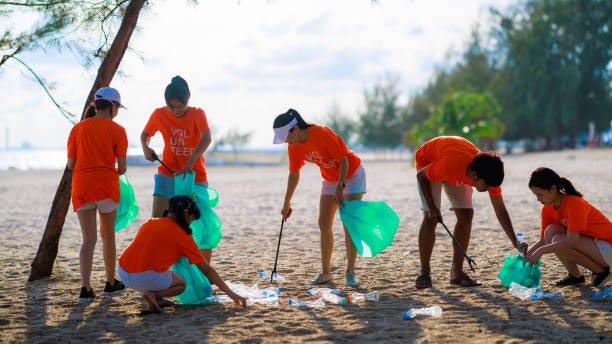
Collecting plastic on the beach
Among the “best strategies” to remove plastic from rivers, seas seas and adjacent spaces (such as beaches and coastlines) we certainly find the most classic, least expensive and most noble: the efforts of operators and volunteers who, from beach to beach, dedicate themselves to the manual collection of waste, including plastic. With the simple use of sacks, gloves and rakes, or with the help of beach cleaners pulled by small tractors, the beaches are freed of macro-plastics.
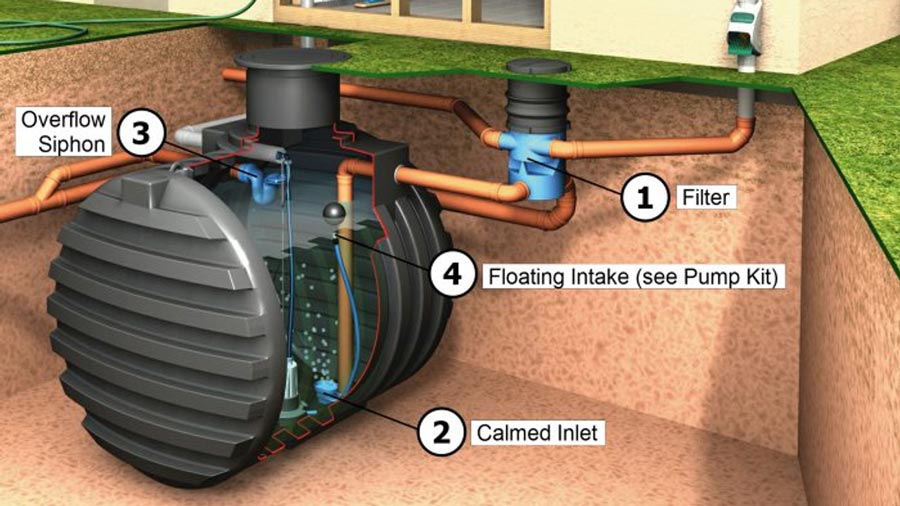
Rainwater filters
These are devices used to treat drainage water from impermeable surfaces, such as roofs, car parks and roads. Designed and used to remove pollutants, sediments and all substances that may be present in drainage water before it is discharged into the wastewater collection system or into surrounding water bodies, such as lakes, rivers and oceans.
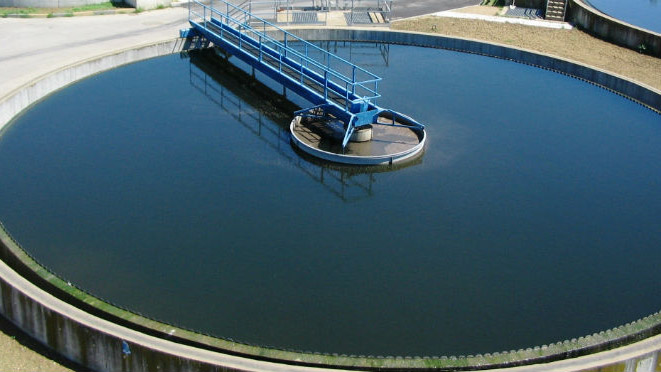
Municipal wastewater filters
Today, municipal wastewater is collected in the sewer network. The water collected in the sewer network is transported to the nearest treatment plant. The water is then treated to remove pollutants and contaminants before being discharged into rivers. If the plants are well maintained, the purification processes remove a high percentage of microplastics (approximately 69-99%). Thus, the microplastics removed are mainly composed of microfibres that remain accumulated in the purification sludge.
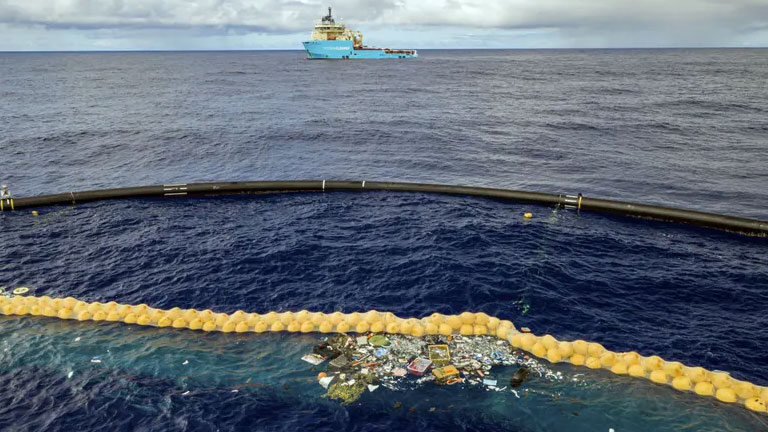
Floating barriers
Floating barriers (better known as booms) are real barriers capable of trapping macro-plastics floating on the surface of the seas and oceans. The positioning of floating barriers follows a precise pattern: depending on the area concerned, the barriers are, for example, anchored on the banks of a river delta or at bridges or dams.The design of the barriers takes into account the morphology of the environmental context in which they will be positioned and used, and, consequently, special anchorages will be designed and constructed precisely to avoid damage for nature and landscape. However barriers require constant maintenance and routine work to remove accumulated waste.
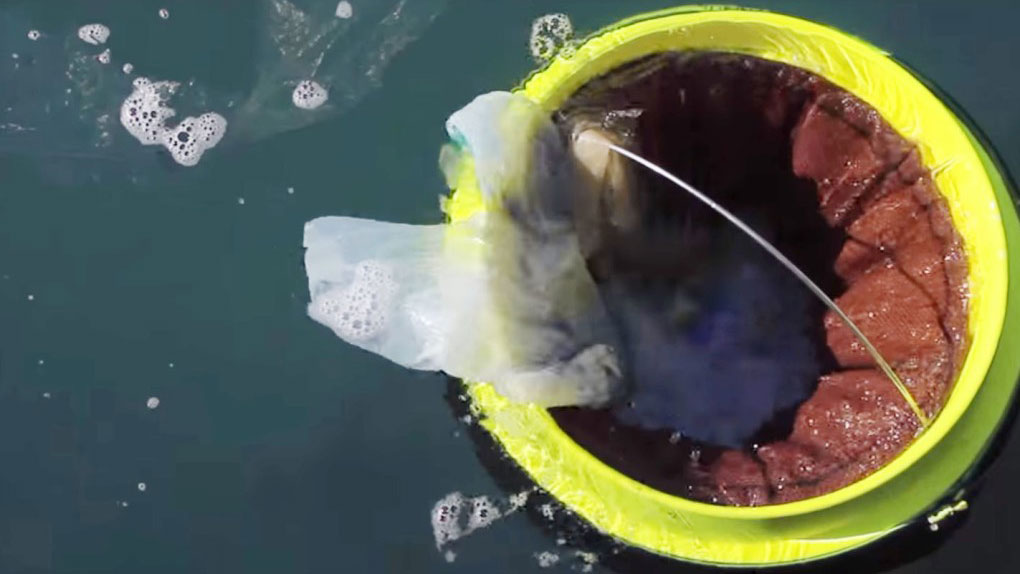
Sea bins
Sea bins, anchored at specific points (usually at harbour inlets) are semi-immersed in water. They are equipped with an electricity-powered pump whose function is to create a forced circulation of water toward the bin. In this way, the plastic present on the surface of the water slips inside the bin and gets trapped while the cleaned water is pushed back into the sea. Here and here are a couple of examples.
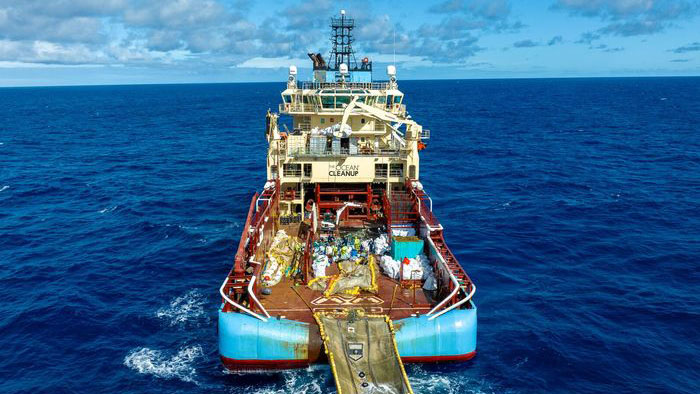
Specialised boats
Called “dredgers”, they are actual boats designed to dredge the seabed and remove foreign bodies (plastic and rubbish) from the marine environment. There is also another type of initiative to remove plastic from the waters of the seas that also makes use of boats: we are talking about “vessels” that, equipped with nets, can mechanically filter the first metres or tens of centimetres of water surfaces, as in this and this example. In this case we are talking about the so-called mobile skimmers, i.e. mobile devices that, like sea bins, act as real “drains”, i.e. they retain the waste and let the rest pass through; in this case, however, the devices are able to move.
